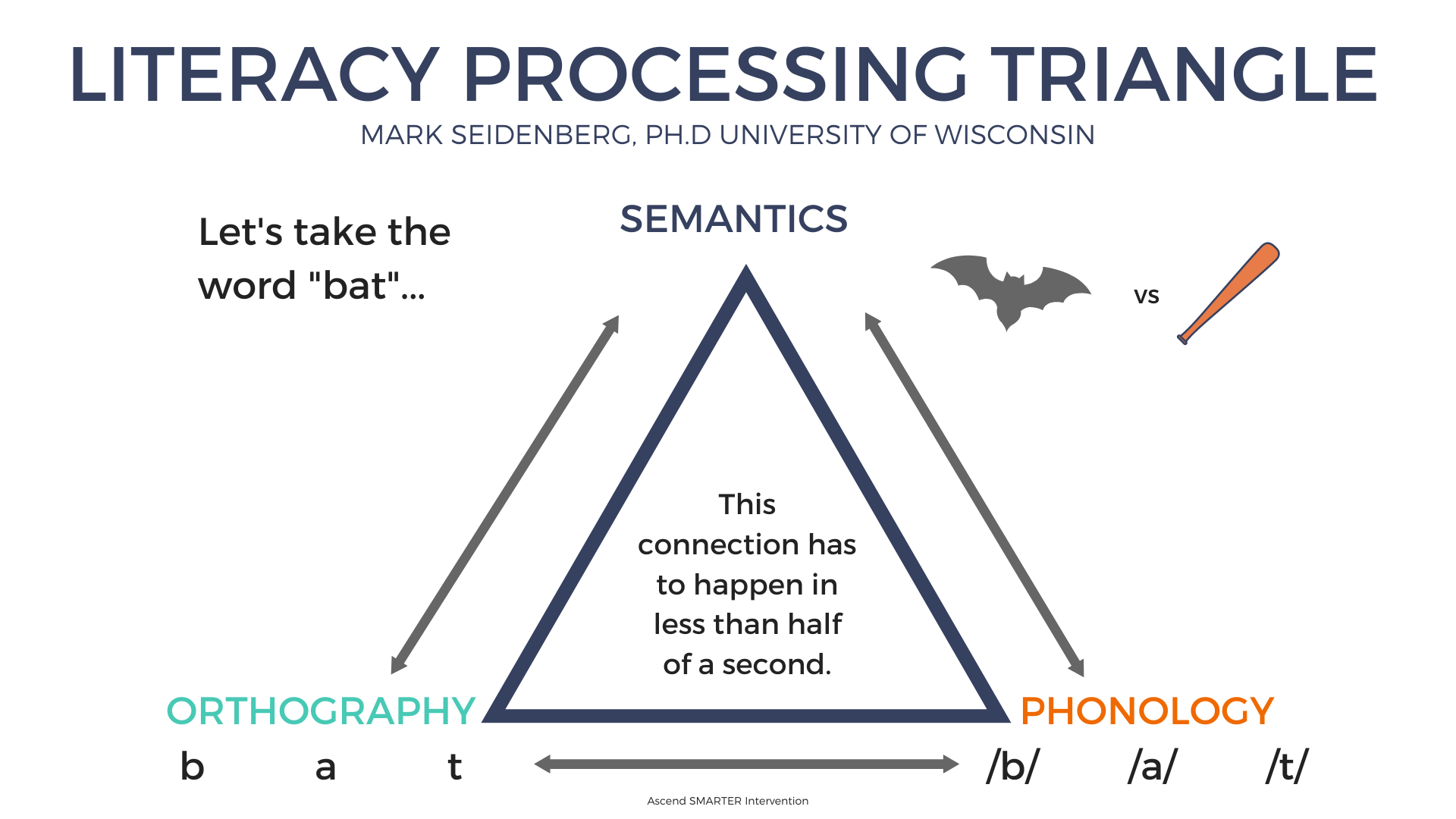4 Common Myths about Dyslexia
In honor of dyslexia awareness month, we wanted to take this opportunity to dispel some common myths about dyslexia and to provide further information to go check out if you’re worried your child or one of your students may have dyslexia.
Let’s dive right in:
Myth #1 - Dyslexia isn’t very common
Dyslexia is actually the most common language-based learning disability.
The University of Michigan reports that 70-80% of people with significant reading, writing, and spelling difficulties are likely to have some form of dyslexia. Actual estimates of the percentage of the population with dyslexia vary between 5-20%. This is because dyslexia symptoms can range from mild to severe on a continuum- depending on the criteria used by different professionals to diagnose dyslexia different occurrence rates may be presented. Additionally, many people who may qualify for dyslexia have never received a formal diagnosis. Regardless of the criteria used, it can be easily argued that dyslexia is quite common and it’s important for all educators and parents to have awareness.
Myth #2 - Dyslexia can’t be diagnosed until 3rd grade
This is one of the most heartbreaking myths out there.
Dyslexia absolutely CAN and SHOULD be identified before third grade.
The reason that third grade is a common benchmark is that that’s often when the problem starts to become a bigger issue. Check out our blog here >>>Everything Was Fine Until 3rd Grade<<< to understand why this may appear to be a bigger issue beginning in third grade. But the bottom line is that dyslexia CAN be diagnosed before third grade and if you have concerns SHOULD be diagnosed before third grade. The younger students are, the easier it is to rewire neural pathways that will help them be more effective readers and spellers for their entire lives.
If we wait too long, the neural pathways become more and more solidified and therefore more difficult to rewire. Bad habits are cemented and valuable learning time is lost as students aren’t able to fully digest the content of a lesson because they’re struggling to read.
Myth #3 - Dyslexia is caused by a vision problem
Okay, if you know us at all - at this point you are well aware of our obsession with the literacy processing triangle. Reading and writing require a neural connection between three different areas of the brain: semantics (meaning and language center), phonology (sound structure, hearing/processing auditory information), and orthography (visual structure, seeing/processing visual information).
Because orthography (the visual processing of reading and writing) is a key component to putting this whole triangle together, it’s easy to see why we might think dyslexia is a vision issue. And…we want to be clear, some students may need to have vision addressed before they can complete this triangle.
However…dyslexia is identified when students have difficulty with the orthographic and/or phonological processors of the brain that impact the connection of this triangle as a whole. Addressing vision issues alone will not support the completion of the triangle.
Myth #4 - Students with dyslexia have a low IQ
Unfortunately, this is a common myth and therefore a great deal of stigma has been placed on students who struggle to read.
Dyslexia actually has no correlation to IQ and many dyslexic students have An average to above-average IQ.
This myth creates two major problems:
1. Bright students are often not being identified with dyslexia. Check out our blog here >>>”But he’s so smart, he can’t be dyslexic”<< Often these extremely bright kiddos are compensating so well it’s actually very hard to tell how much they are struggling. Sometimes this struggle begins to manifest itself as behavioral problems in the classroom or at home because they are trying so hard to hold it all together and they don’t understand why reading/writing is so difficult. Sometimes our brightest students aren’t actually really reading…
2. Students who are identified struggle significantly with self-worth and identify because they think not being able to read/write effectively and efficiently means they are “stupid” which is far from the case. Because there is a misconception around dyslexia and what it means, educators and/or parents may unknowingly contribute to this idea by claiming that a student/child “is so smart and therefore any difficulty with reading/spelling must be due to lack of effort”. Because these students recognize how hard they are actually working they contribute their lack of ability to read to poor intellect.
So, our major take-home message:
It’s important that we begin to share this information so that everyone understands dyslexia and so that we can begin to view this as a learning style and not a learning disability. When we can begin to gain awareness - we can begin to make the change that is so desperately needed.
Let us know in the comments below some common myths you’ve heard about dyslexia!
If you are working with students who have dyslexia/struggle to read, we’d love to invite you to download our FREE Science of Reading Blueprint. We believe that EVERY child has the right to effective literacy instruction, so we created this document to help bridge research-based principles and practice. Click below to learn more!



